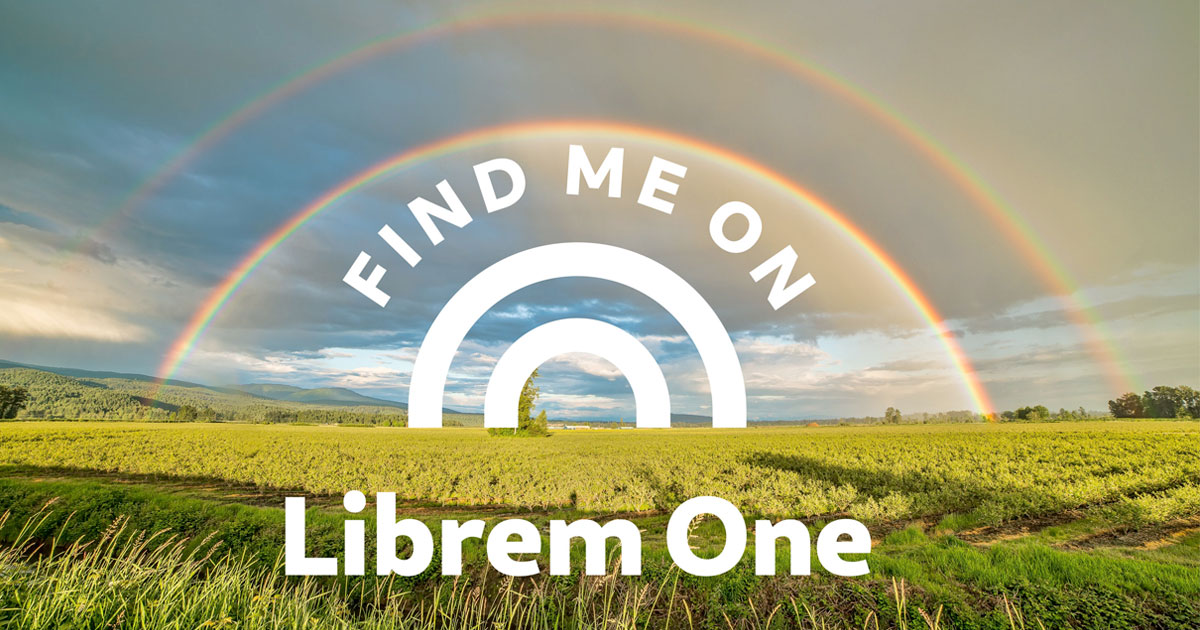
The next merge request will make #phosh cross the 1000 commit boundary:
```
$ git log --pretty=oneline | wc -l
999
```
Multiple GTK apps open in the same environment and all fitting nice in the screen.
Thank you #libhandy
After adding proximity sensor-support to #iio-sensor-proxy (https://gitlab.freedesktop.org/hadess/iio-sensor-proxy/merge_requests/298) and adding runtime-pm support for the chip used in the #librem5 (and it's devkit) (https://lore.kernel.org/linux-iio/cover.1580721204.git.agx@sigxcpu.org/) we can now wire it up to #phosh to fade the screen and prevent keyboard input:
A lot of people are confused by git. Most of these people, I reckon, learned it from the outside in - from the command-line interface down. If you started with git by asking "how do I sync up my changes with my peers", then you might get the answer, but you will be missing the foundation on which that answer is built. This is the main source of confusion with git.
The better way is to learn git from the inside out. You should first learn about what objects are and how they're stored and identified, and how they relate to each other. You should learn what blobs, trees, and commits actually are, and how they relate to each other, and how commits form a linked list from which a graph of all objects can be derived.
Then you should learn how the ref database gives friendly names like "master" and "feature/foobar" to objects, and how the reflog tracks changes to references over time.
THEN, and only then, should you learn how to use the CLI. Then you can learn about using the staging area to add objects to the database and create commits, and how doing this updates the reflog.
Git makes total sense when you approach it from this angle. Supposedly hard tools like git rebase are totally understandable when you view them with the appropriate foundational knowledge.
Git is a tool which you will reach for hundreds of times a day, every day, for your entire career. Maybe it's worth learning about properly.
Reviewing a merge request for phosh by Julian with some initial work on the quick settings: https://source.puri.sm/Librem5/phosh/merge_requests/425 #librem5 #DailyLibrem @purism
Jonathan Carter on the #Librem5 "The #Gnome apps are fast and responsive and just feel natural on this form factor. I’m looking forward again to having a pocket computer that can run Debian." - Random bits from FOSDEM 2020 https://jonathancarter.org/2020/02/07/random-bits-from-fosdem-2020/
Did you know that Plasma Mobile apps from KDE are working well on PureOS too? :) This is Kaidan, a Kirigami XMPP client, working smoothly on a Librem 5 @kaidan @kde@mastodon.technology
freedesktop-sdk 19.08.07 has been released with Mesa 19.3 - which means that flatpaked apps can use OpenGL out-of-box with upstream unmodified runtime on the Librem 5 now! \o/
https://gitlab.com/freedesktop-sdk/freedesktop-sdk/commit/bd5e42ef67e3f8e45fe122341264574534338aff
this laptop (MNT Reform) and this phone (Purism Librem 5) have the same SoC (CPU/GPU/...), i.MX8M. and both run free and open source drivers and software. #FOSDEM2020
Something that has surprised me over the few weeks I've had this #Librem5 phone is the rapid progress. Each week brings at least one big improvement. Case in point, yesterday's kernel update (should hit main repos in a few days) made a noticeable change in the phone's heat and touchscreen performance.
...and haptic feedback in calls when receiving a phone call on the #librem5 (as yesterday (https://social.librem.one/@agx/103561184406010030), the audio is important)
- Homepage
- https://dosowisko.net
- Games
- https://dos.itch.io
- Holy Pangolin
- https://holypangolin.com
- Liberapay
- https://liberapay.com/dos
Hi, I'm dos. Silly FLOSS games, open smartphones, terrible music and more. 50% of @holypangolin; 100% of dosowisko.net. he/him/any. I don't receive DMs.
